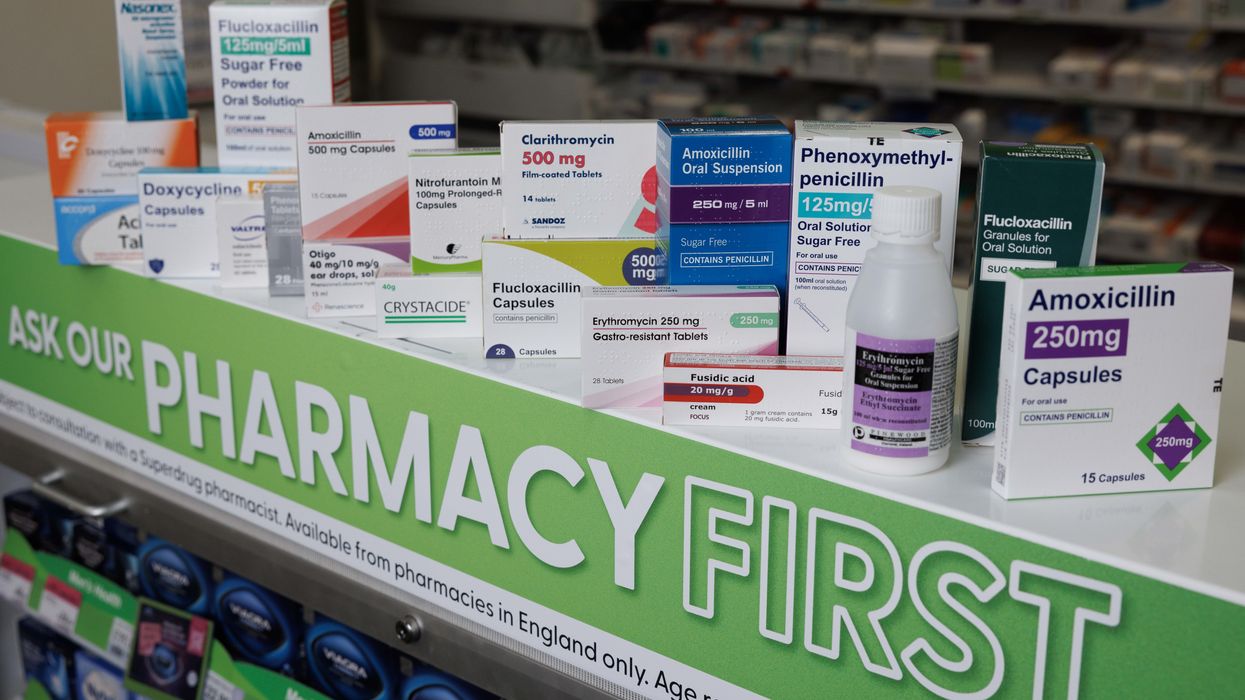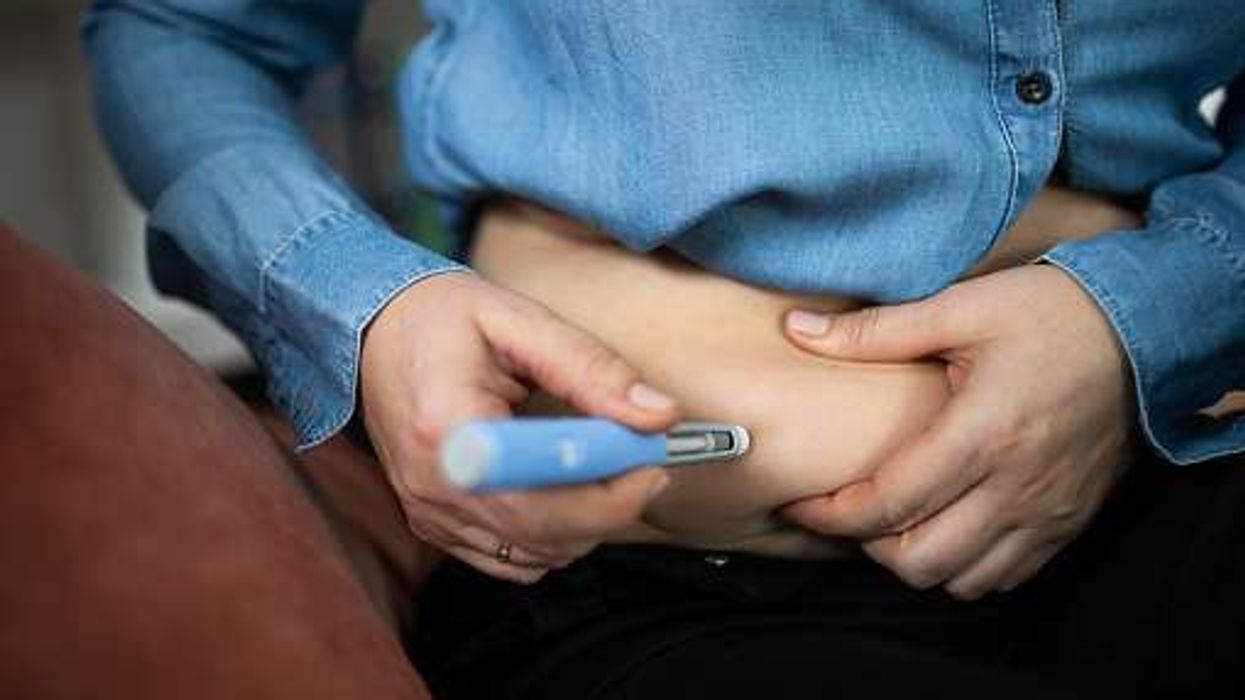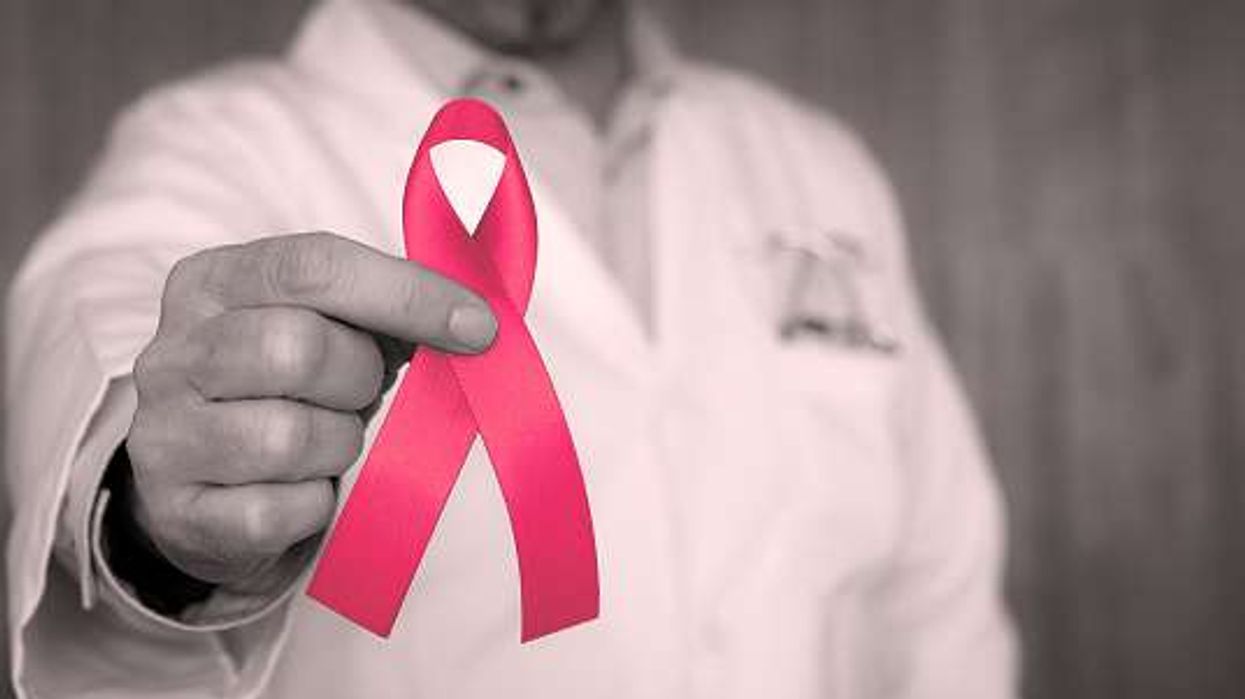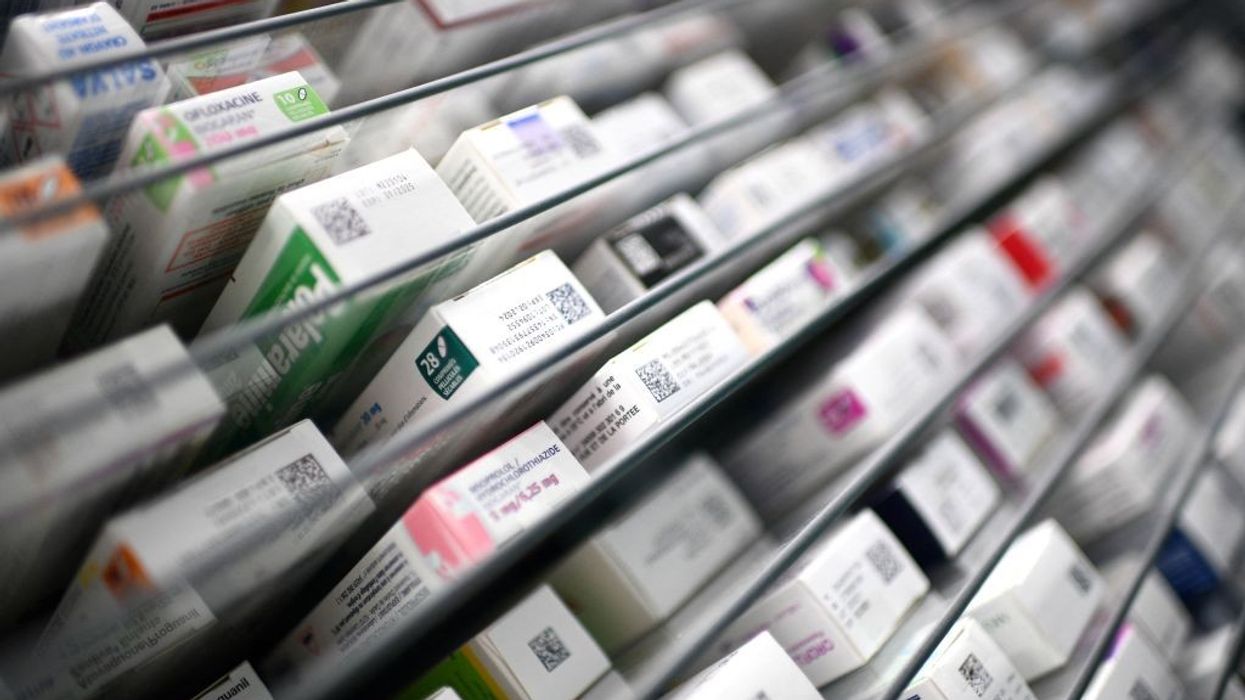The pace of technology changes every day. We see it in the financial industry when contemplating buying stock, such as RCKT stock. It is in architecture, electronics, and the medical field, such as pediatrics. This is why it's crucial to stay abreast of what is new to help keep your child safe and healthy. Pediatric professionals are trying to find new ways to keep children safe. By learning about the latest technology in pediatric care, you can get ahead of the game and offer the finest possible care for your child. Let's take a look at some of the latest technologies being used in the medical field today.
Virtual Consultations
Some of the newest forms of technology are used in pediatric clinics around the country. One new form of technology that is starting to show promise is virtual video calls. Using this type of technology, doctors can be present virtually anywhere in the country.
They can converse with the child and parents about a child's health and decide if the child requires to visit the hospital or not. This technology has had a lot of success in different environments such as hospitals as well as private pediatricians' offices. Virtual reality can also teach kids how to care for their bodies in the comfort of the child's own home.
Genetic Profiling
Complete DNA sequences are determined by experts in the area depending on the parent's conduct in the genetic mapping of a kid. This is to help understand the basis of an illness as well as help prevent some illnesses. This is also known as genomics.
From cancer to heart disease, genomics plays a role in a variety of illnesses. Nowadays, a doctor can detect some diseases early in a child based on the child's ancestry. This has helped pediatricians to either avoid or manage an illness.
Diagnostic Imaging Technology
Some of these newer diagnostic technologies involve placing a "fingerprint" on a person. Through a series of carefully calibrated and monitored measurements, a doctor can get an accurate reading of whether a child is suffering from a particular medical condition. Its readings are as precise. This is one example of new technology that may lead to more efficient care.
MRIs and CT Scans
For a child suspected of having Attention Deficit Hyperactivity Disorder (ADHD), a brief magnetic resonance image of the brain (MRI) is enough. For a child with suspected autism spectrum disorder, a two-dimensional CT scan will show details of brain functioning. MRI technology has advanced quite a bit in the past five or ten years allowing doctors to focus better and see more.
Electronic Medical Records (EMR)
EMR has improved the diagnosis of a patient’s symptoms as well as the treatment. This is done by digitizing people’s medical records. This information is sent back to a centralized system where it is analyzed.
And, with mobile-enabled EMRs, clinicians may now access patient data at any time. With this particular system, technicians can key in information about a patient to get a more accurate readout on the health of that person.
Health Monitoring Apps
Apps track and provide health care while also engaging children and their families. Thanks to the smartphone, convenience has helped the pediatric professions achieve a lot more. From applications that allow families to monitor waiting periods and test results, as well as check-in time and time of discharge.
There are several applications for monitoring a newborn baby's oxygen levels at birth as well as during the first weeks and months of life. There are applications for speech recognition technology that helps to facilitate communication with children with disabilities. This technology is coming into its own.
Stem Cell
According to the Children's Hospital Association, stem cell therapy can be taken from the parents to help with a life-threatening disease like cancer. This has opened up new hope for kids with chronic illnesses or diseases that cannot fight off the infection independently.
Stem cell technology has been around for quite some time, but there have been some new advances that have been made as well. Some of the current technologies involve using stem cells to help stimulate the immune system. This helps fight off disease and help preserve the immune system after it has been damaged.
There are a lot of new and emerging technologies being introduced to the medical field. The field of pediatrics continues to see a lot of change and improvement. Because of that, many of the existing treatments and diagnostic tools are being replaced or enhanced. New technology can help to make the treatment process for a child more streamlined and efficient.











